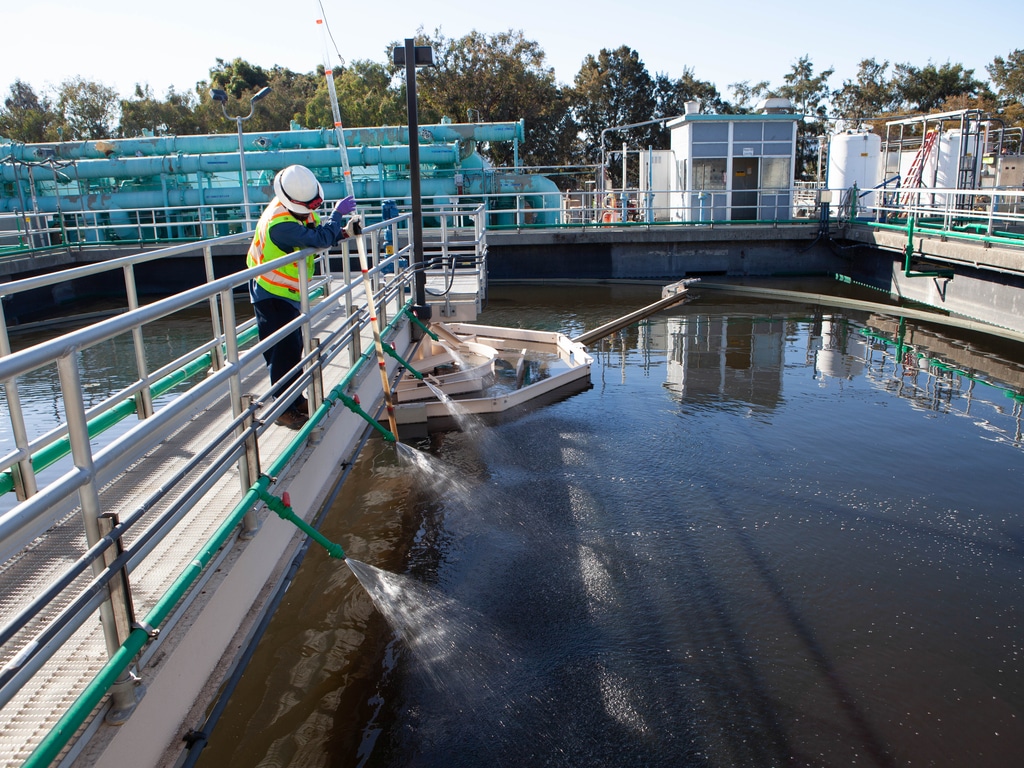The Waste District treatment plant is once again operational. The Steuben Lakes Regional Waste District (SLRWD) has just equipped the plant with a “more efficient filtering system that is less sensitive to weather-related disturbances”. The wastewater treatment plant upgrade took nine months to complete. The facility has a capacity of 9,092.18 m3 per day.
The new filter system installed at the Waste District’s wastewater treatment plant uses a fabric media suspended on large rotating discs. These allow the plant to filter and remove all solids from the wastewater that has been treated and is ready to leave the plant. Prior to the rehabilitation project, the facility used “a large two-stage settling tank that simply allowed solids to settle to the bottom of the tank as it passed. These settled solids then accumulated over time, producing ammonia and hydrogen sulphide gas that polluted the water before it left the treatment plant,” says the SLRWD.
A project 68% financed by the Angolan state
According to the same source, the new filtration system installed in the Waste District plant includes a levelling basin equipped with two pumps, with a total capacity of 9,092.18 m3 per day. This water is then purified using two fabric disc filters. Each filter has a flow rate of 4,546.09 m3 per day. “A chemical feed system finally removes phosphorus from the water using polyaluminium chloride, unlike the old system which used ferrous chloride. The polyaluminium chloride system provides more efficient phosphorus removal and reduces the use of chemicals by about 40%,” explains the SLRWD.
The full implementation of the Waste District Wastewater Treatment Plant Upgrade project required an investment of $3.7 million. The district received US$2.5 million from the Angolan government, or 68% of the overall project cost.
Inès Magoum
